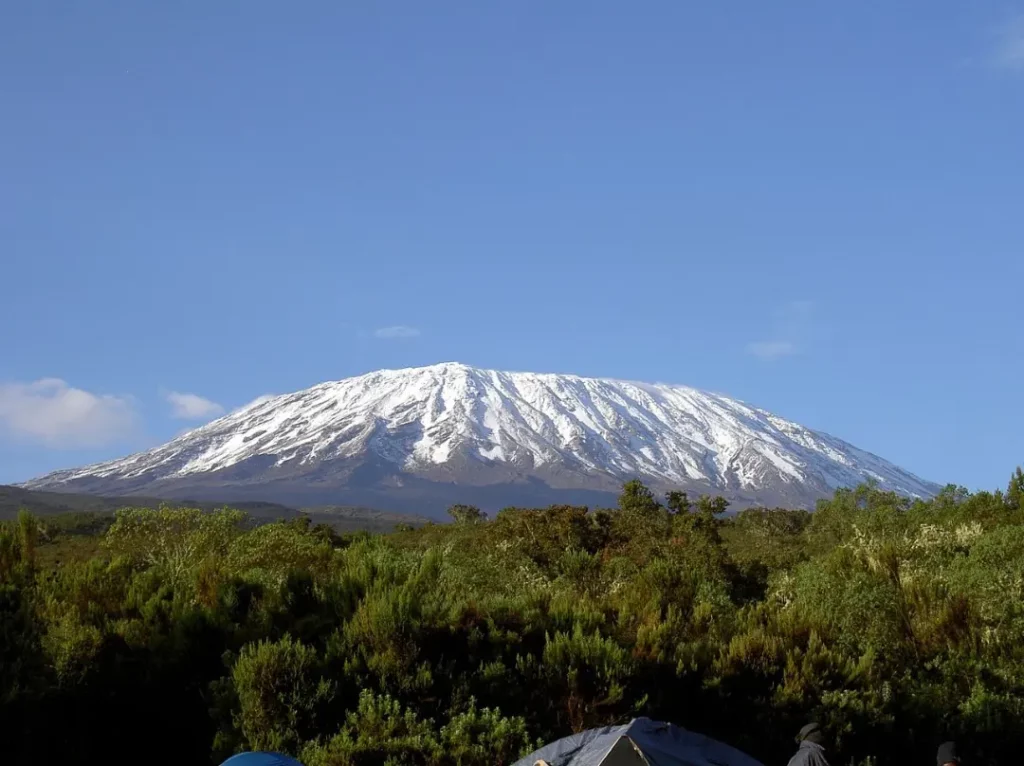
Kilimanjaro is not only Africa’s tallest peak, but also the world’s tallest free standing mountain. The summit, named Uhuru Point, is 5,895 meters (19,341 feet) above sea level.
Most high mountains are part of ranges, such as Mount Everest’s Himalayan Mountain Range. These are formed in a process called plate tectonics. Below the ground, Earth’s crust is made up of multiple tectonic plates. These plates have been moving since the beginning of time due to geologic activity.
When plates push against each other, the edges crumple, forcing slabs of rock into the air. These are known as fold mountains and are the most common type of mountain. A fault-block mountain range is caused when a fault (crack) in the Earth’s crust pushes blocks of rock up between two tectonic plates. The uplifted blocks become block mountains.
Free standing mountains like Kilimanjaro are usually a result of volcanic activity. Volcanic mountains are formed when molten rock erupts, and piles upon the surface.
Climbing Mt. Kilimanjaro is the highlight of most visitors’ experiences in Tanzania. Few mountains can claim the grandeur, the breathtaking views of Amboseli National Park in Kenya, the Rift Valley, and the Masaai Steppe, that belongs to Kilimanjaro.
Mount Kilimanjaro Climbing Routes
There are several routes by which to reach Kibo, or Uhuru Peak, the highest summit of Mount Kilimanjaro, namely, Marangu, Rongai, Lemosho, Shira, Umbwe and Machame.
- The Marangu Route: the only Kilimanjaro climb route that offers hut accommodation.
- The Machame Route: the most popular climbing route up Kilimanjaro.
- The Rongai Route: the easiest route on Kilimanjaro.
- The Shira Route: this one catapults you to some serious altitude on the first day.
- The Lemosho Route: hands down the most beautiful Kilimanjaro climb route, but expensive.
- The Umbwe Route: the most difficult and demanding route on Kilimanjaro, and the most spectacular.
